Diaper changes are a part of baby care that many new parents dread. The mess and smell can be overwhelming, and it can be hard to get a squirming baby to stay still while you work. However, diaper changes don't have to be an unpleasant experience if done correctly.
Diaper changing is an essential part of caring for your baby. Changing baby diapers can be messy, but you must keep your baby clean and dry. Changing a dirty diaper should be done as soon as possible. Babies are often most comfortable when changed after they have soiled their diapers. As long as the baby is healthy and growing well, there is no need to change diapers more than once every 2 hours at night or more than every 4 hours.

There are a few things to keep in mind when cleaning your baby during diaper changes:
- First, always wash your hands with soap and water before handling your baby's diaper area. Second, never use scented soaps or lotions on your baby's skin! These products can be irritating to babies' delicate skin.
- Third, avoid using an alcohol-based sanitizer (such as hand sanitizer) around your baby's privates because the alcohol can irritate.
- Finally, remember that it's important to wipe from front to back when changing a diaper. It will help prevent bacteria from getting into the urethra and urinary tract, leading to infections like UTIs.
Stuff compulsory before varying a diaper
- If you don't have a changing station or table during diaper changes, you change the sheet. Changing your baby can be tricky, especially when you are on the go. Although there are changing stations and tables in public places like malls, they are not always available. So what is a parent to do when they need to change their baby's diaper? The good news is that you can use any flat surface as a makeshift changing station. You need to make sure that it is clean and dry before placing your baby on top of it.
- Diaper changes are messy.If you don't have a changing table or pad, you will need extra diapers for when you change your baby's diaper. You may also want to use a waterproof mat or pillow under the changing pad or table. The first time you change your infant's diapers, put a clean, dry diaper on your baby and then fold it back up as if it were still on your baby. Lay this folded diaper over your lap while you wash your hands and get ready to change your newborn's diapers When you change your baby's diaper, you won't have to search for another clean one. Make sure the wipes are at hand, so if something goes wrong with the first attempt at wiping him off, you can still clean him up quickly with a wipe before trying again with another wipe and a different technique.
- Cotton balls or wipes during diaper changes. You can use cotton balls, gauze pads, or disposable cloths to clean up your baby's bottom. You can also use disposable wipes made from fabric. If you use cloth wipes, rinse them in hot water and dry them with a towel before putting them away.
- Baby wipes are one of baby essentialsof parenting. They're great for cleaning up spills, sticky fingers, and more. But did you know You can also use that baby wipes to clean your baby during diaper changes? Baby wipes can be used on your baby's bottom while changing their diaper. You don't want to use water on a baby's delicate skin because it can dry out their skin.
- Diaper cream is a better option for your baby than oil or ointment. That is because it contains less fat, which can cause skin irritation. It also helps to keep the diaper area dry and prevents the rashes from getting worse. If your baby has mild diaper rash, you can use diaper cream or ointment. But if the rash is severe, it's best to consult a doctor as soon as possible.
Clean your baby during diaper changes:

- Place your baby on a clean, soft, safe surface during diaper changes
Covering the changing surface with a clean cloth or towel is best. You can also use a changing pad or changing table that has been sanitized or covered with a protective place.
- Wash your hands before and after each diaper change
If you're using disposable diapers for baby, throw away any soiled ones in an outdoor trashcan (not your household wastebasket). Use only one new disposable diaper per change until your child starts potty training (at least two years old). If you use cloth diapers, rinse them well in the sink before placing them in the hamper or laundry basket. Then wash at least every other day by hand with warm water and mild soap or detergent—Wash clothes worn during diaper changes separately from another laundry as soon as possible after each change.
- Remove the dirty diaper.
Remove the dirty diaper by pulling down on the outer edge of the diaper with one hand and gently lifting it with your other hand. You should also avoid using soap in sensitive areas because it will irritate their skin and cause inflammation, leading to rashes.

- Check for any signs of redness or irritation.
Check for any signs of redness or irritation around the genitals or anus before wiping off any excess waste that may have leaked out during their last bowel movement. If there is any sign of irritation or redness around these areas. Then use cotton balls soaked in warm water mixed with a couple of drops of lavender oil (very gently) to cleanse those areas so you don't cause further irritation or damage.
- Wash Baby's Bottom
Washing babies' bottoms are a critical part of diaper changing. The backsides of infants are prone to yeast and bacterial infections, so washing them with warm water and soap is essential. Wash the baby's bottom with warm water and mild soap before and after each diaper change. Rinse well and pat dry before applying powder or cream. It's the last thing you want to do when your baby has a messy diaper, but it's essential to clean your baby's bottom when you change him. The skin on his bottom is more sensitive than anywhere else on his body. It can get irritated by chemicals in diaper rash ointments and wipes. To help prevent irritation, use plain water or a mild soap when washing your baby's bottom during diaper changes. Ensure you wash your hands thoroughly before touching his bottom and between each wipe with a disposable wipe.
- Cover with a new diaper
Cover with a new diaper and secure tapes or tabs firmly but gently around the baby's waist and legs – not too tight! Ensure that there is no gap between the edge of the diaper and the baby's skin; this could irritate if it gets wet with urine or feces again later on in the day. Some babies need their diapers changed several times each day due to frequent urination or stooling; others may go longer without needing another change.
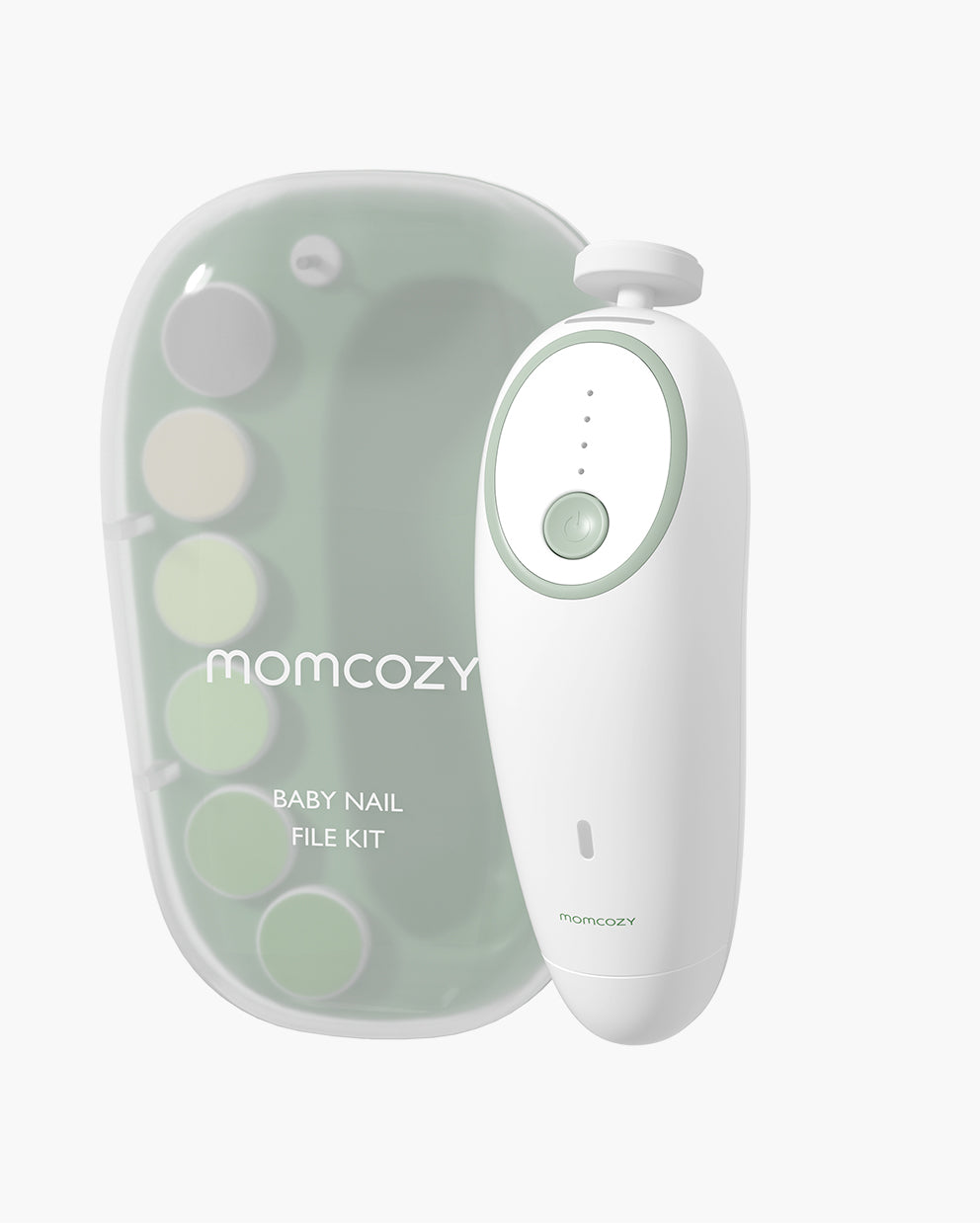
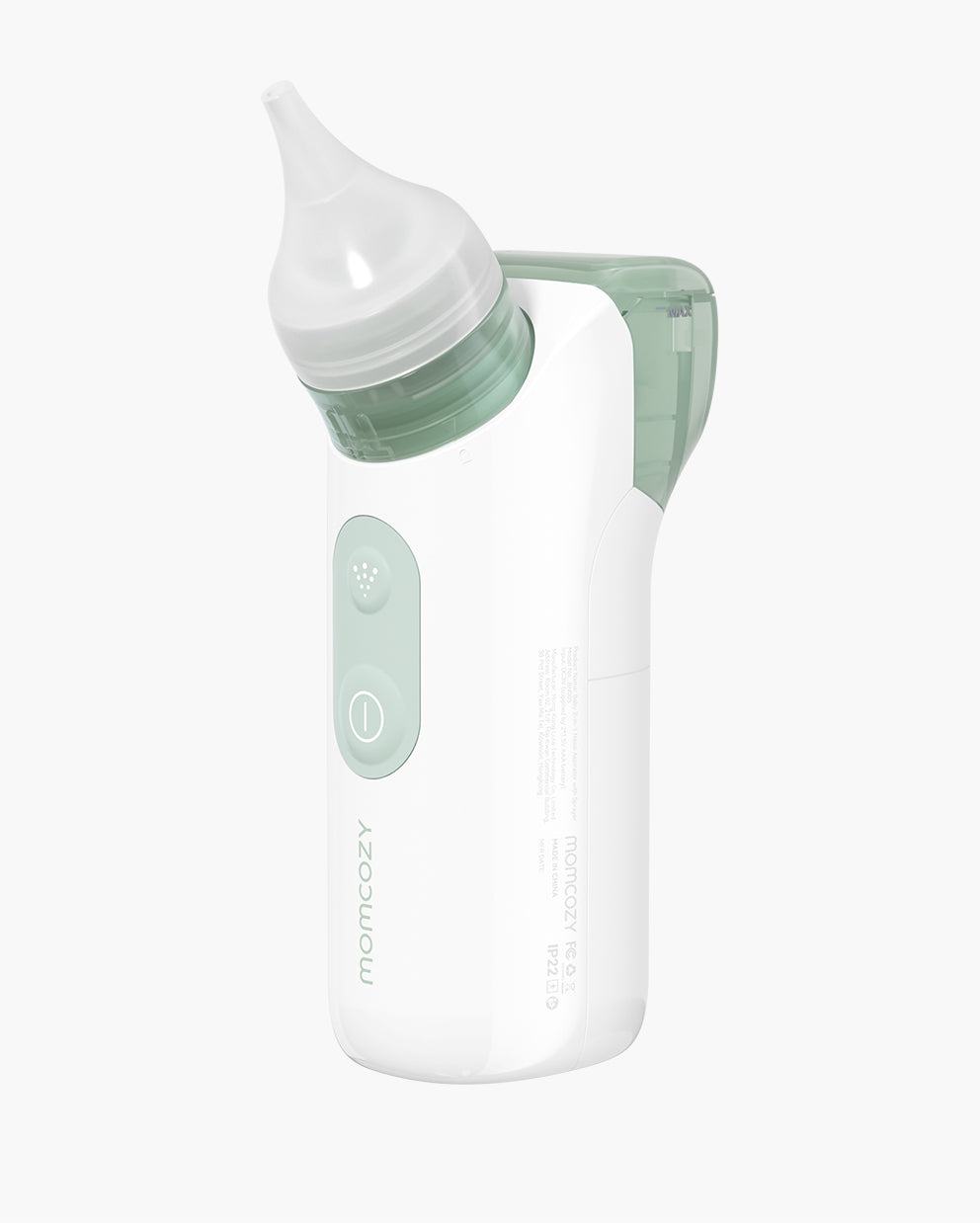
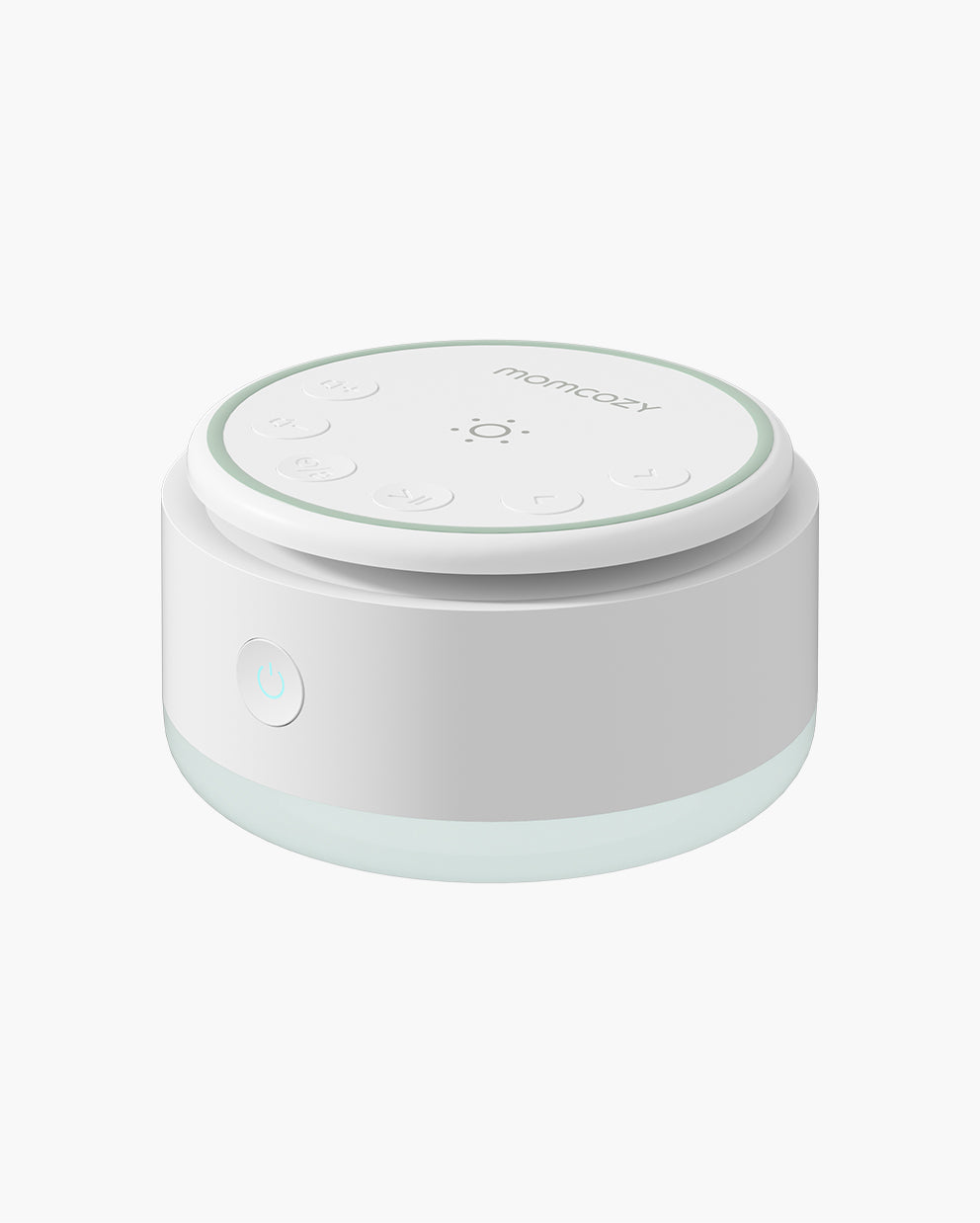
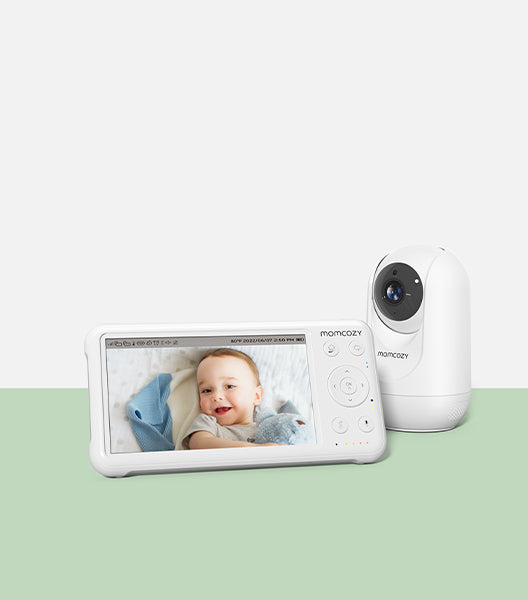
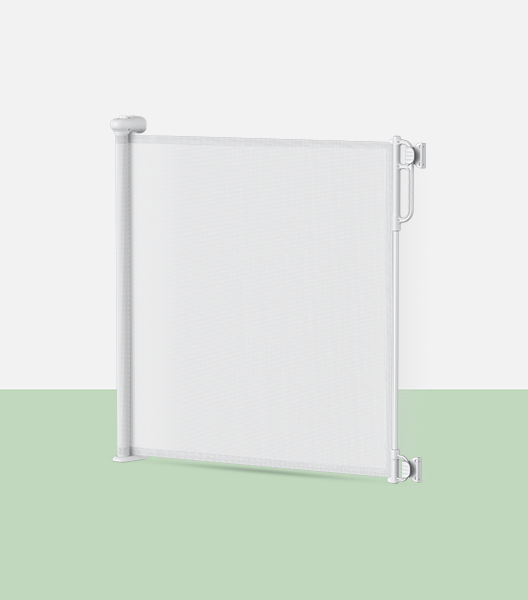
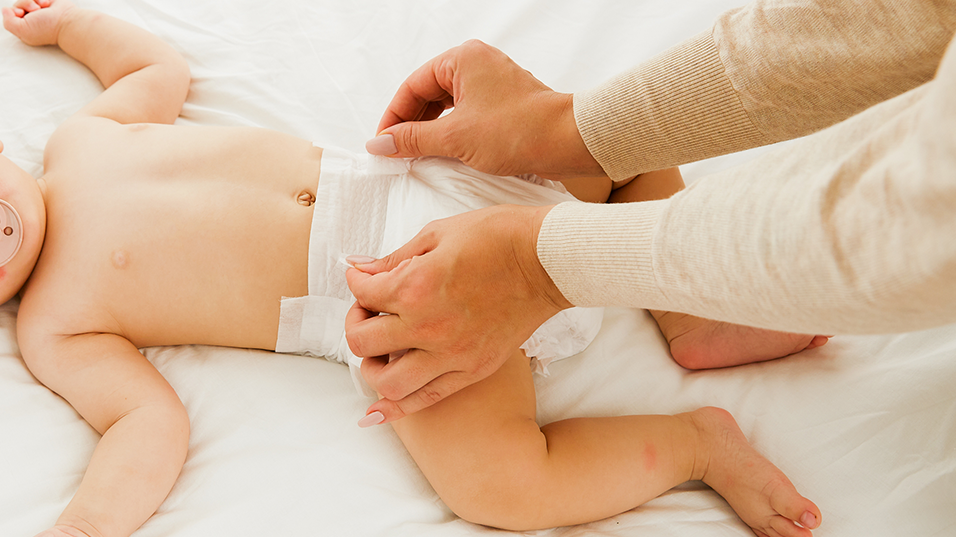
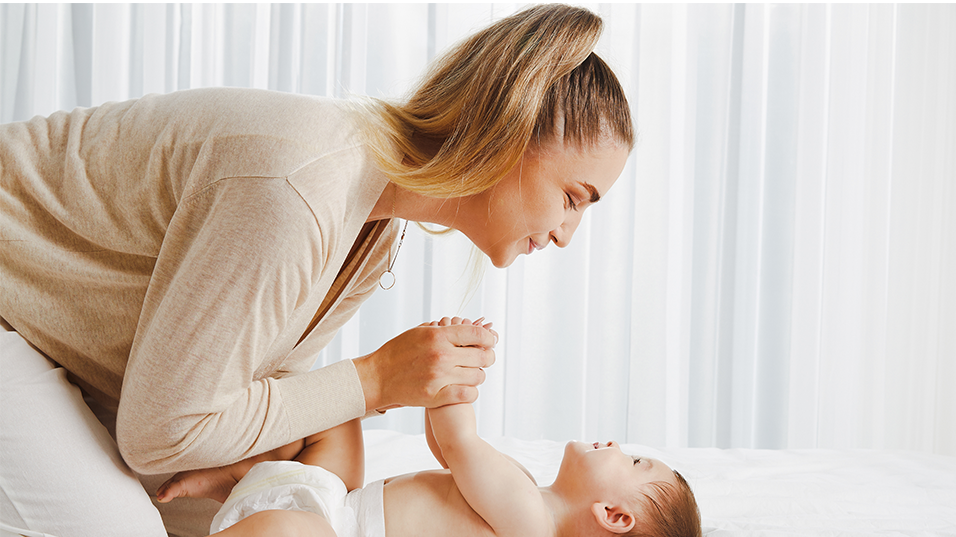
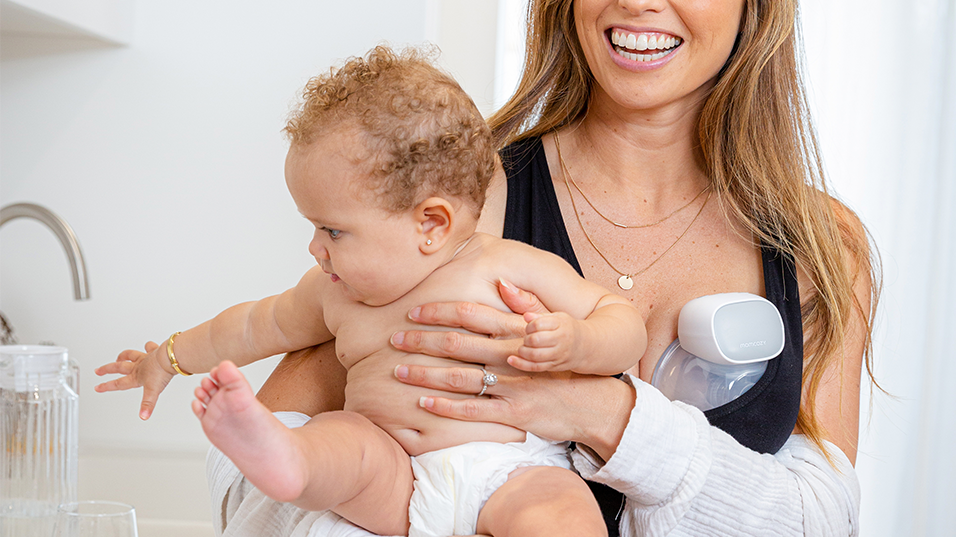
Leave a comment
This site is protected by hCaptcha and the hCaptcha Privacy Policy and Terms of Service apply.